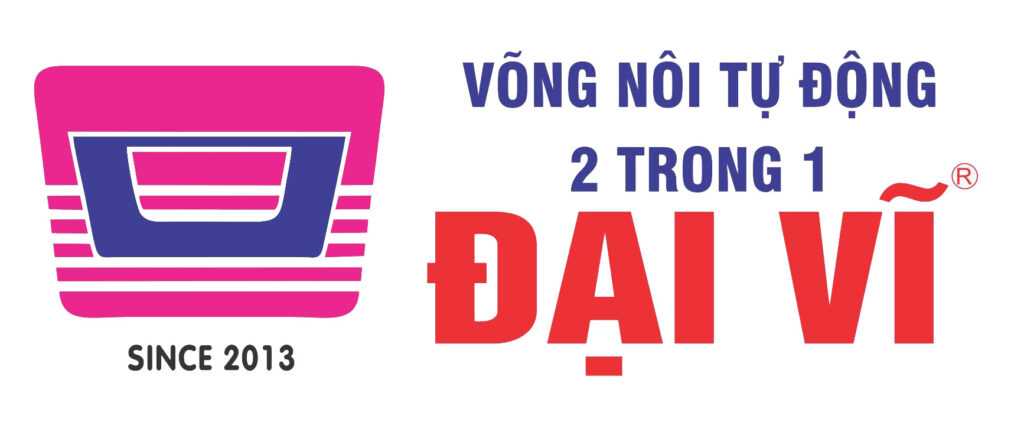IT Vacancies
A framework for multi-scale modelling PMC
The leading frontier AI model training clusters have scaled to 100,000 GPUs this year, with 300,000+ GPUs clusters in the works for 2025. Given many physical constraints including construction timelines, permitting, regulations, and power availability, the traditional method of synchronous training of a large model at a single datacenter site are reaching a breaking point. In this study, Lasso-type shrinkage is implemented with the graphical lasso (glasso) 25 and Meinshausen–Buhlmann https://wizardsdev.com/en/vacancy/middle-nodejs-developer-3/ (mb) 26 algorithms, using the huge R package 27.
multifit: an R function for multi-scale analysis in landscape ecology
The parallel implementation of the DSMC code shows to have linear scalability using the dynamic load balancing technique. The DSMC simulations revealed that the leading edge angle, gas-surface interaction effects affected on the flow over the plate, however, the three-dimensional effects would be small near the symmetric line of the plate in this flow conditions. From the three-dimensional simulations, the three-dimensional flow structure exists due to the viscous effects near the span edge.
Get Access
The structures were processed to remove all ligand molecules, while known cofactors 5, 33 were kept in the structure. Next, we calculated pockets in the structure with Fpocket 2 5 and selected the main pocket based on the location of the bound ligand structurally related to the cognate ligand of the enzyme. The selected pocket was used to define the starting point for tunnel detection using CAVER 3.02 10. First, we collected annotations from Swiss-Prot, UniProtKB 8, and CSA 9, together with Fpocket and druggability scores calculated for all pockets by Fpocket 2.
Vibration Tests of 3D Printed Satellite Structure Made of Lattice Sandwich Panels
- The fifth challenge is to know the limitations of machine learning and multiscale modeling.
- A significant portion of fault tolerance research and systems in CPU land have been developed by Jeff Dean, Sanjay Ghemawat, and the many other world class distributed systems experts at Google.
- This crucial decision could be greatly supported by a large-scale analysis of protein structures.
- However, currently there is no tool available that would predict the suitability of a pocket for this purpose.
Active sites can be found either in clefts on the surface of an enzyme or buried inside a cavity shielded from the outer environment. In the latter case, the active site cavity is connected with the surface by access tunnels to enable the passage of ligands, small molecules that interact with the enzyme 1. This encompasses the exchange of reactant and product molecules or the binding of cofactors. The tunnels also impact the activity and specificity of the enzyme by restricting access to the active site for unfavourable molecules 2.
Mesoscopic and multiscale modelling in materials
CaverDock energy profiles were used to analyse the ligand preference of tunnels based on the energy barriers. We compared the maximum energies in up to the three tunnels and selected the best one. The first third of the profiles was removed in order not to include peaks of energy at the beginning of the profiles caused by clashes at the bottom of the tunnel. In the 13,158 proteins with successful CaverDock calculations, tunnel 1 had the most favourable energy in 75% of the cases and tunnel 2 in another 19% of the cases (Table S10).
Compared to our Stein-type shrinkage approach, scLink differs mainly in the zero-inflated modelling step (Gamma-Normal versus Negative binomial mixture model), and sparse inverse covariance matrix estimation step (Lasso-type versus Stein-type shrinkage estimator). Performance of scLink versus the proposed ZI shrinkage model is shown in figure 4 using ZI simulated scRNAseq data. In all the cases, GeneNet and Fisher2011 shrinkage framework taking into account zero-inflation outperforms non-ZI shrinkage workflows and scLink. The fifth challenge is to know the limitations of machine learning and multiscale modeling. Important steps in this direction are analyzing sensitivity and quantifying of uncertainty. While machine learning tools are increasingly used to perform sensitivity analysis and uncertainty quantification for biological systems, they are at a high risk of overfitting and generating non-physical predictions.
Data availability
- Because of this, landscape ecologists commonly conduct multi-scale studies in order to establish an appropriate spatial scale for particular biological or ecological responses.
- Zero-inflated modelling of scRNAseq data based on a negative binomial distribution enhances shrinkage performance in zero-inflated data without interference on non zero-inflated count data.
- The fan-in and fan-out mappers, whose behaviour is explained in figure 10, are sufficient to model complex situations.
- The DSMC simulations revealed that the leading edge angle, gas-surface interaction effects affected on the flow over the plate, however, the three-dimensional effects would be small near the symmetric line of the plate in this flow conditions.
- We argue that learning the effective dynamics provides a potent novel modality for accurately predicting complex systems.
- In System #7, the ligand was able to unbind successfully through tunnel 1 but was not able to pass through tunnel 2 (Figure S9).
Labeled cell type prototypes are shown with bigger dots with a black border. The advancements in single-cell technologies have enabled the generation of datasets comprising information from millions of cells. These datasets, also called ‘atlases’, include data from different conditions and individuals and offer precious insight into cellular processes and states in different scenarios.
Computer Methods in Applied Mechanics and Engineering
The power and potential of single-cell RNA sequencing (scRNAseq) have been demonstrated in cell development and differentiation research 6, 7. Computational methods to harness this potential are still in their infancy as methods developed for bulk RNA-seq data are often applied 3. We have shown that scPoli is competitive with state-of-the-art methods for data integration and label transfer. Thanks to the use of cell multi-scale analysis type prototypes, scPoli consistently preserved biological information better than other methods.




